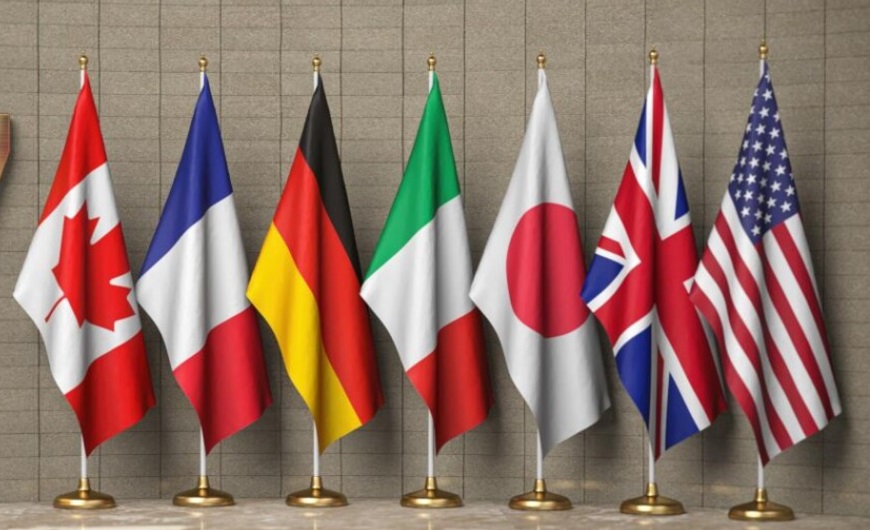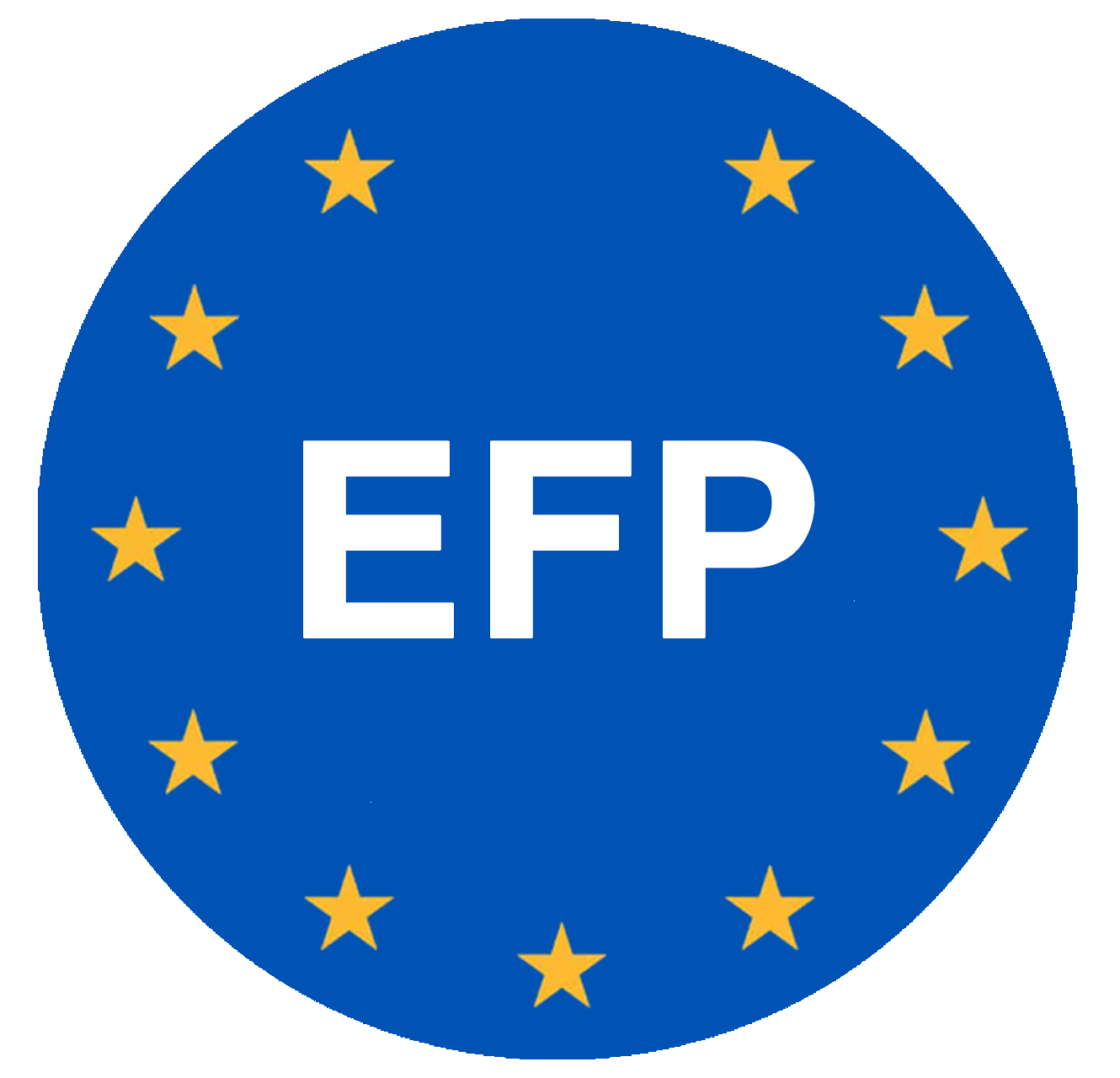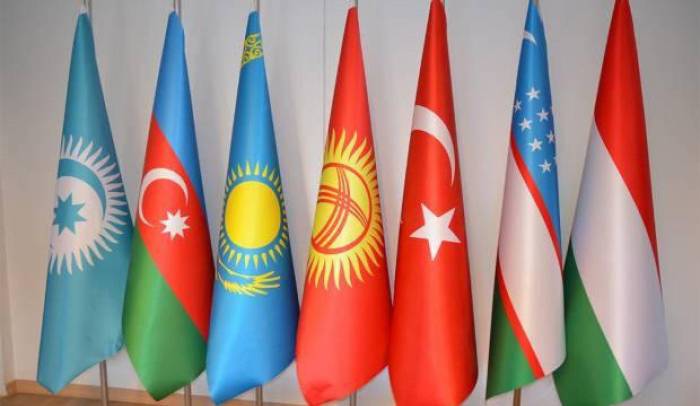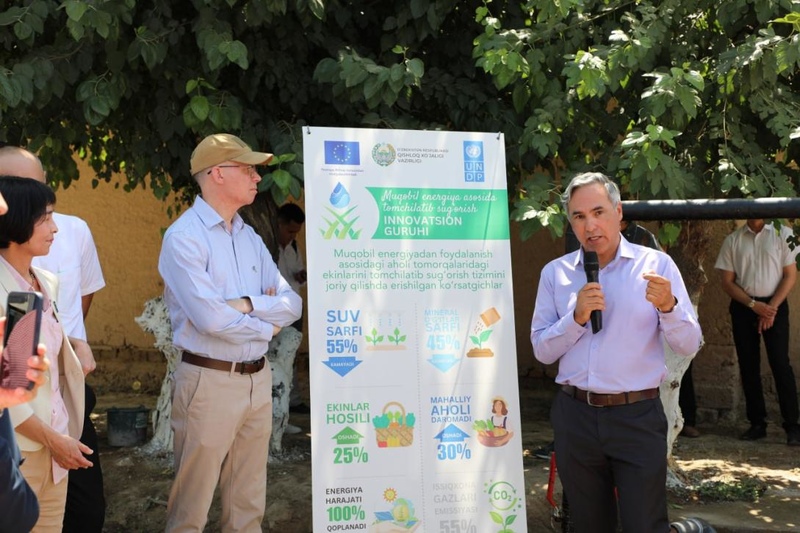The G7 group of countries announced a plan on Thursday to use frozen Russian assets to finance a $50bn loan for Ukraine as Kyiv continues its desperate campaign to stop its bigger neighbour’s forces from advancing further, 28 months into Moscow’s war.

The announcement came as leaders of the grouping, which consists of the United States, United Kingdom, Germany, Italy, Canada, Japan, France and the European Union, met at an annual summit held in Puglia (Apulia), Italy.
Ukrainian President Volodymr Zelenskyy, who attended the summit, hailed the move as “a vital step forward in providing sustainable support for Ukraine in winning this war”.
But just hours after that announcement, Russian Foreign Ministry spokeswoman Maria Zakharova promised that there would be “extremely painful” measures in retaliation.
Here’s what we know about the frozen assets, how the loan is expected to work and what the risks might be for Kyiv and its Western allies:
What are the frozen assets?
Many Western nations froze assets of the Russian Central Bank on their territory after Russia’s 2022 invasion of Ukraine. Those assets amount to about $300bn. Those frozen assets have generated some $3bn yearly in earnings through interests, and the US has long pressed for this money to be used to support Ukraine.
Most of the assets are held and managed within the European Union.
EU officials say the interests generated are not contractually owed to Moscow, and therefore represent unexpected gains for the holding countries. Some have pushed for Russian assets frozen in the West to themselves be handed over to Ukraine — but that is controversial, and will likely need clearances from courts and could represent a violation of international law. Frozen assets are usually seen as belonging to the owner of those assets — not the country in which they are geographically located.
Where are the frozen Russian assets?
Here’s a breakdown of most overseas Russian assets that were originally frozen in 2022, according to data from the countries’ central banks:
- France ($71bn)
- Japan ($58bn)
- Germany ($55bn)
- US ($38bn)
- UK ($26bn)
- Austria ($17bn)
- Canada ($16bn)
- How will the assets be used?
The details are still being hashed out but the basic idea is this: One of the G7 entities – the EU or the US, for example – will take out a $50bn loan on international markets, and provide it upfront to Ukraine.


